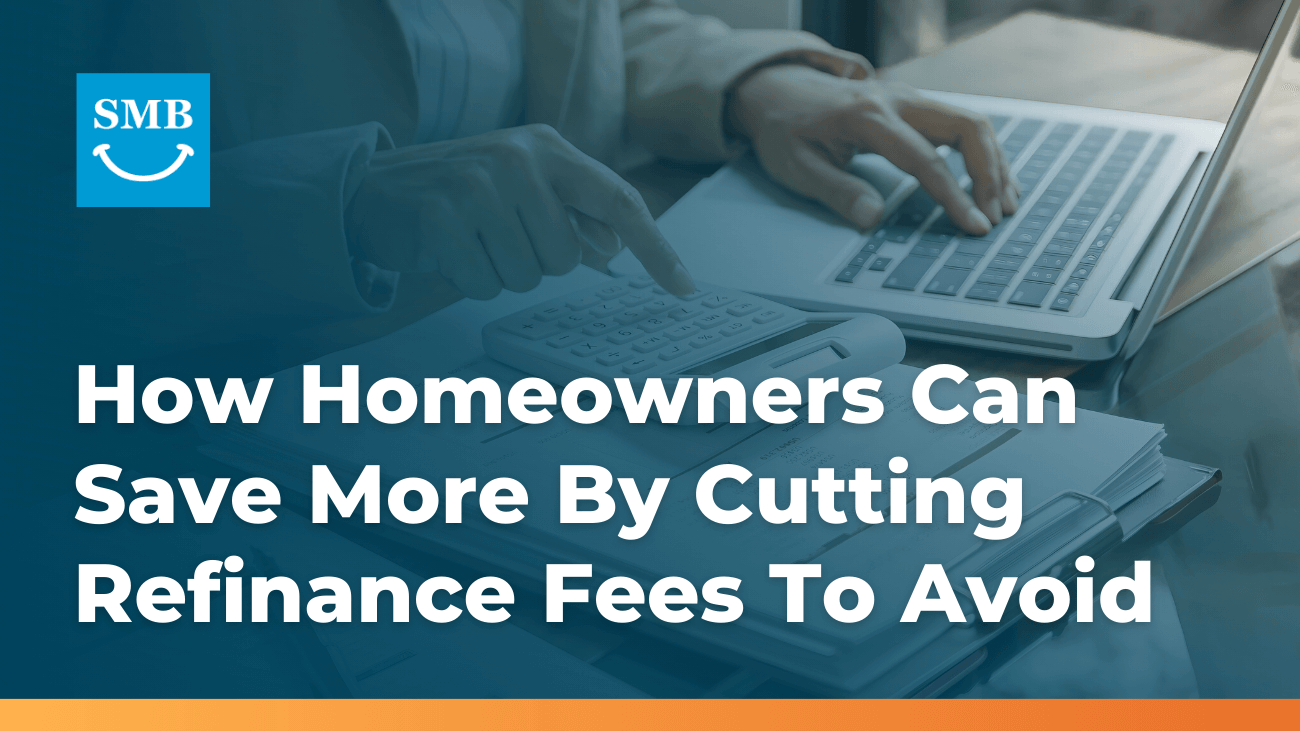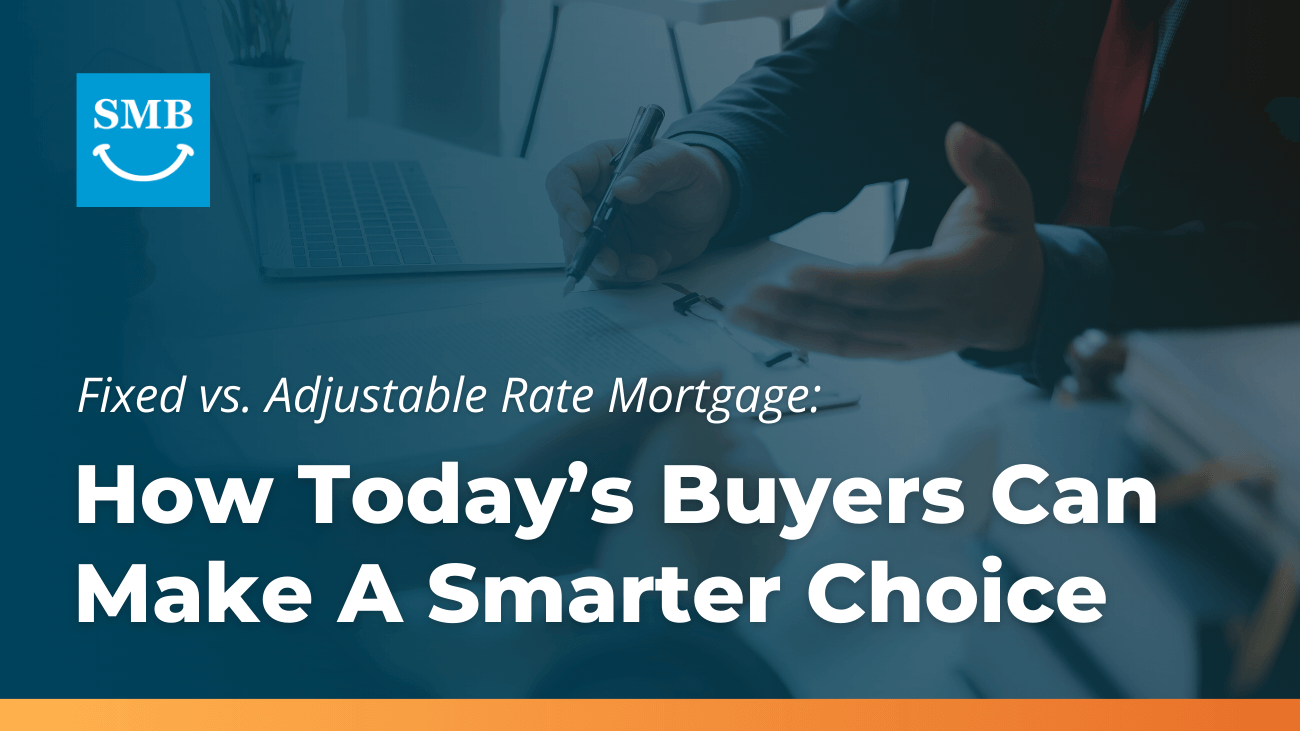10 Reasons to Refinance Your Home

Do you have a mortgage plan that no longer works for you?
Perhaps you’ve improved your credit scores since your first loan, or just feel like you can get a better deal through refinancing.
But is it really the best decision for your finances?
When done for the right reasons, mortgage refinancing can save you money—or at the very least, decrease your payments. Otherwise, it can be a costly mistake. Before you begin gathering your bank statements and pay stubs, think carefully about your reasons to refinance.
So, when is refinancing good or bad?
Read on to find out.
When is Refinancing a Good Idea?
To find out whether you need to refinance, you need to weigh the advantages and disadvantages of your old loan against your refinancing options.
Generally, it’s advisable to refinance if such a move will help you:
- Save money through smaller payments or lower interest rates
- Optimally restructure your debt, or
- Shorten the term of your mortgage loan.
In addition to these considerations, you also need to factor in the costs of refinancing. With these in mind, evaluate your potential savings over time. When is your breakeven point? Also, consider the amount of time it’ll take you to recover any up-front costs related to the refinancing option.
How long do you plan on keeping the loan or living in the home? Is that period long enough to make refinancing worthwhile?
One way to address these questions is by performing a break-even analysis. And while it’ll help you determine when you’ll come out ahead, there’s still more to think of.
What are the Best Reasons to Refinance?
Mortgage refinancing works best if there are valid reasons for such a move. Here are 10 such reasons:
1. To Capitalize on a Lower Interest Rate and Payment
It’s always wise to refinance your mortgage if the refinancing option’s interest rates will save you money. The things to look out for here are the monthly mortgage payments, and the accrued interest you’ll have paid at the end of the loan’s life.
But don’t just focus on rates and fees. Try to look at the structure of the loan. You’ll save much more if you can optimally structure your loan and create a lock plan. The lock plan will help you determine when to lock, for how long, and at what rate.
It’s advisable that you find your “target rate”. To do this, begin by determining your “regret rate”. This is the rate at which you’d be furious for missing out. This will help you avoid the common pitfall of asking for the “best rate”. Often the “best rate” is impossible to define, and this introduces an element of vagueness.
Also, it’s important to obtain rates from different refinancing lenders, brokers are a great option here since they will shop the loan with multiple banks, for you. Not only will this allow you to choose the best option, but also provide you with enough leverage when negotiating the terms of your debt.
2. To Get Rid of Mortgage Insurance
If your current home loan has private mortgage insurance, refinancing can help you cut down on monthly costs. This is especially true for people whose loans are insured by the Federal Housing Administration (FHA).
While FHA mortgage loans come in handy for borrowers with bad credit or little savings, they come with a big drawback: compulsory mortgage insurance.
After the upfront premium payment of 1.75% of the total loan amount, most homeowners using FHA loans keep paying a non-cancellable annual insurance premium. This can be up to 0.85% of the loan total, and they pay it for the remainder of the loan term.
Such payments add up over time and increase your debt in the long run. That’s why refinancing to get rid of private mortgage insurance is highly advisable. It allows you to convert your FHA loan into a normal mortgage once you have at least 15% equity in your home.
3. To Consolidate High-Interest Debt
If you’re stuck with a large high-interest debt on other loans or credit cards, a cash-out refinancing option might provide a way out. Not only will it boost your cash flow, but also save you a significant amount of money in the long run.
The only drawback here is that you won’t be able to deduct the mortgage interest you'll be charged on the cash-out amount that's in excess of the current loan balance. Property tax laws only allow you to do so if you use the funds to build, buy, or significantly improve your home.
But despite the loss of some mortgage interest deductibility, cash-out refinancing is still beneficial in the long run. It’ll improve your cash-flow situation, result in monetary savings, and get you out of debt quicker.
4. To Take Advantage of a Better Borrowing Profile
So you’ve bettered your FICO scores and cleared up some of the negative stuff. Or maybe you’ve grown your home’s value enough to get your loan to value ratios (LTV) to a lower tier. Whatever the case, an improved borrowing profile qualifies you for a lower interest rate.
In such a case, it would be wise to refinance so you can save money on your monthly payments.
5. To Cut Down the Loan Term
Say you came across a huge amount of money and want to aggressively pay down your mortgage debt. In such a case, you’ll benefit from refinancing to a shorter-term loan. For instance, if your existing mortgage had a 30-year term, you can refinance to a 15-year fixed one. Or any 1 year increments. Like a 27yr mortgage instead of a new 30yr, while keeping the payments the same.
Mortgages with shorter terms also have lower interest rates, meaning you’ll save a lot by paying off your mortgage faster.
6. To Switch to a Fixed Interest Rate
When interest rates drop, it might be a good idea to switch from an adjustable rate mortgage (ARM) to a fixed rate loan. That said, you should keep in mind that the interest might be slightly higher in fixed-rate property loans compared to adjustable rate mortgages.
However, the predictability of fixed payments can be worthwhile if you value stability. A fixed rate provides valuable stability, especially when you’re dealing with many unpredictable life expenses.
7. To Extend the Loan Term
While it might make sense for some people to refinance with the aim of cutting down their loan term, others might want to extend their term. For the latter, the interest expense will be much higher, but they’ll enjoy less monthly payments.
If you’re unable to comfortably pay your current mortgage loan within the agreed term, refinancing can be a smart way to extend that period. And while it’ll cost you more interest, reducing your monthly payments might be a more sustainable option. That’s especially true when your level of income isn’t exactly where you expected it to be when you secured your current mortgage.
8. To Switch to an Adjustable Rate Mortgage
Sometimes, studying real estate market trends can reveal lower interest rates, which present a good opportunity to switch to an adjustable rate mortgage. A refinance can help you exercise your right to take out an adjustable rate mortgage and vice versa.
But when switching to adjustable rate mortgages, keep in mind that their rates only hold steady for a few years, after which they start varying. Such loans often start out with rates lower than those of fixed-rate mortgages. After a while, they can adjust downwards when the market rates start to fall.
But since adjustable ARMs always come with the risk of the rate eventually going higher, you could find yourself refinancing your way back to a fixed rate loan in future.
9. To Remove or Add a Name to the Mortgage
If you marry, get divorced, or need to change the names on your mortgage for any other reason, refinancing can be a viable way to do that. It’ll create a brand new mortgage, with only the names you want on it.
You can also use refinancing to release a co-signer from your mortgage deal. Lenders often allow this when the financial situation of the borrower improves significantly over time.
10. To Merge Two Mortgages
Some homeowners have two separate mortgages. Others have a home equity line of credit and a mortgage. Whichever the case, two mortgages call for two separate payments each month, and some people might find this needlessly complex.
If this is your case, you can use refinancing to combine both debts into one mortgage. And while this could mandate the purchase of mortgage insurance, the interest savings can be significant enough to offset the insurance costs. This, of course, depends on the terms of both of your mortgages.
How Many Times Can You Refinance Your Home?
If you’ve been wondering “when is refinancing bad or good?” we hope that our guide has answered some of your questions. With so many reasons to refinance, you’re probably wondering how many times you can exercise that option.
In a nutshell, there’s no limit. That said, you need to be eligible for refinancing. Also, you might have to wait for about half a year to refinance in case of a new home purchase. But with so many risks involved in refinancing, you’ll need a mortgage expert to guide you.
Here at SMB, we specialize in helping home buyers secure great real estate financing terms. We also provide guidance to help you make the right decisions when buying a home in Washington.
Contact us today to get started on your home refinance journey.


The Ultimate Guide to the Best Suburbs of Seattle

Should You Use a Mortgage Broker? Everything You Need to Know First

How to Find the Right Neighborhoods in Seattle for Your Budget and Lifestyle

Warrantable vs. Non-Warrantable Condos: What Every Buyer Needs to Know Before Financing

How Much Does It Cost to Refinance a Mortgage in Seattle? A Homeowner’s Guide
.png)
How Often Can You Refinance Your Home?
.png)
The Complete Guide to For Sale By Owner (FSBO) in Seattle

10 Questions Every Seattle First-Time Home Buyer Asks

Ultimate Seattle Mortgage Loan Documents Checklist

Your Complete Guide to Seattle Property Tax

Why You Should Work with a Mortgage Broker

Where to Find the Best Local Mortgage Broker

Where Are The Best Places To Live In Seattle?

What’s the Best Way to Save Money for a House in Seattle?

When is the Best Time to Refinance a Home?

What is the Jumbo Loan Limit in Seattle 2020?

What You Need to Buy a House in Seattle

What Is a Jumbo Loan and will you need one when moving to Seattle?

What is the Jumbo Loan Limit in Seattle?

What Is A Non-Warrantable Condo?

What is the Best Down Payment Amount on a House in Seattle?

What is PMI Mortgage Insurance? And Why It Is Not As Bad As You Think

What Is A Cash-Out Refinance?

What do Home Loan Underwriters Look For?

What Down Payment Do I Need for a House?

What Are The Costs of Buying a Home?

What Are The Best Neighborhoods In Seattle For Families?

FAQ: What Are the VA Home Loan Requirements?

WEST SEATTLE JUNCTION ; Seattle Neighborhood Tour

What are RSUs and How to Spend Them

Understanding Mortgage Down Payments

Top 5 Seattle Suburbs to Buy In 2021

Understanding Down Payments in Seattle

The Ultimate Mortgage Document Checklist

Top 10 Mortgage Questions You Should Ask Your Broker

The Worst First-Time Homebuyer Mistakes

The Top 5 Seattle Suburbs for 2020

The Best Seattle Neighborhoods in 2020

How to Find the Best Mortgage Refinance Companies in Seattle

The Best Seattle Neighborhoods for Families

The Best Neighborhoods in Seattle to Buy a Home

The 7 Best Seattle Suburbs for Families

Seattle Neighborhood Guide: The Top 10 Most Affordable Places To Live In Seattle

SOUTH LAKE UNION ; Seattle Neighborhood Tour

Seattle Summer Housing Market Guide 2020

Seattle Housing Market Update 2020

Seattle Housing Market Hacks

Save Money When Buying a House in Seattle

Save Money on Your Mortgage Refinance

Moving to Seattle with a Family? Here's the BEST Suburbs For You!

Refinancing To Reduce Your Bills and Increase Available Cash

Neighborhoods in Seattle to Buy a Home 2020

Real Estate Trends in Seattle

Mortgage Down Payments in Seattle

MAGNOLIA ; Seattle Neighborhood Tour

Mistakes to Avoid with Cash-Out Refinance

How to Refinance Your Home in 9 Steps

Jumbo Loan Limit vs Conforming Loan Limit in Seattle for 2021

KIRKLAND ; Seattle Neighborhood Tour

Jumbo Loan Limit in Seattle for 2021

ISSAQUAH ; Seattle Neighborhood Tour

Is My Credit Score Good Enough to Buy a House?

How to Buy a House; Home Buying 101

How to Lower Your Monthly Mortgage Payment

How to Get the Best Rate for Your Home Loan

How to Buy a House for Less

How Much Home Can I Buy in Seattle?

How Much Do You Really Need for a Down Payment in Seattle?

How Much Home Can I Afford?

Home Price Forecast for Seattle 2020

How Hot is the Seattle Real Estate Market?

How Hot is the Seattle Real Estate Market in 2022?

Home Inspection Questions You Need to Ask

Do You Need a Realtor to Buy a House in Seattle?

FHA vs. Conventional Loan: Which Mortgage Is Right for You?

Find the Best Mortgage Lender for Your Home Loan

Federal Housing Administration Loans 2021

Down Payment Requirements in Seattle

FACTORIA and SOMERSET ; Bellevue Neighborhood Tour

Everything you Need to Know About Seattle Jumbo Mortgages

Everything You Need to Know About VA Loans

Advice To A First Time Home Buyer: Down Payment Assistance Programs Exist for Millennials

CROSSROADS ; Bellevue Neighborhood Tour

Down Payment 101: How Much Money Do I Need to Buy a House?

COVID-19 Mortgage Help for Homeowners

Comparing ARM vs. Fixed Rate Mortgage

Can I Afford To Buy A Home In Seattle?

Choosing the Best Lenders for Home Loans

How to Use Restricted Stock Units to Buy a Home in Seattle

ARM v. Fixed Mortgage: Which is Right For You?

Ballard or Queen Anne? The Best Neighborhoods of Seattle to Buy a House

Avoiding the Worst Seattle Mortgage Lenders

Are You Buying a House in Seattle? Here’s the Ultimate Survival Guide

Fixed vs. Adjustable Rate Mortgage: How Today’s Buyers Can Make A Smarter Choice

ALKI BEACH ;; A Seattle Neighborhood Tour

A Complete Guide to Refinancing Your Home Loan

8 Ways to Lower Your Mortgage Payment

8 Mistakes to AVOID When Mortgage Loan Refinancing


















